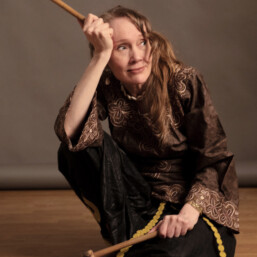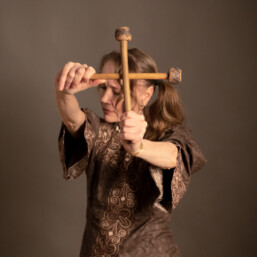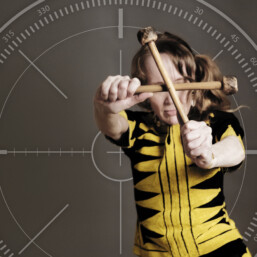APPROCREATIONS
Doctoral research by Maarika Autio
University of Arts / Sibelius Academy, Helsinki, Finland
Peer reviewed research article in multimedia exposition format:
Approcreations – Weight of an Absent Ancestry
Published in Ruukku Journal for Artistic Research nr. 23 (2025)
https://doi.org/10.22501/ruu.2832020
— — — University of Arts / Sibelius Academy, Helsinki, Finland
Peer reviewed research article in multimedia exposition format:
Approcreations – Weight of an Absent Ancestry
Published in Ruukku Journal for Artistic Research nr. 23 (2025)
https://doi.org/10.22501/ruu.2832020
Approcreating (appropriate + create, term by the author) is the working title for Maarika Autio’s artistic doctoral research. Through innovative experimentation, it explores the creative freedom of a non-native musician and the construction of their artistic identity with a traditional instrument within the crossfire of cultural appropriation discourse. The project exposes the researcher’s art and persona to potential criticism, allowing for the observation of a sociocultural phenomenon for the benefit of a wider readership.West African diatonic balafon, along with the kora-harp, are utilised as the research tools. Unconventional approaches to these traditional instruments offer valuable insights into the use of foreign cultural elements and the relevant code of good conduct in today’s performing arts. The research yields relevant information for other performing artists inspired by cultural sources, as well as for audiences who, amid the volatile media debates, may find themselves uncertain about whether to clap or condemn. The concept of cultural appropriation is examined from various angles. Even representatives of non-colonial countries must bear their responsibility and acknowledge the image of power imbalance they project with their instrument in the aftermath of colonialism. What may a privileged musician from the global north do with a Third World cultural artefact? On the other hand, exoticism is a regrettably common phenomenon in global music venues and also a form of cultural appropriation. The pursuit of exoticism creates inequality between art forms and belittles the achievements of the originating culture by limiting certain instruments and genres to specific ethnicities. How do audiences and event organisers react when the presumed ethnicity of the artist and their equipment do not match? Placing external appearance above artistic merit does not benefit any parties involved – but it happens nonetheless. In practice, Approcreative music uses pioneering solutions to take the sonic expression of the traditional instruments so far from their usual conventions that the limits of acceptable creativity for a non-native begin to unveil. Concerts and articles draw attention to the diversification of the art scene as a result of globalisation. Sources of cultural inspiration must indeed be respected, yet excessive caution or the pursuit of exoticism should not be allowed to excessively shackle artistic freedom.



